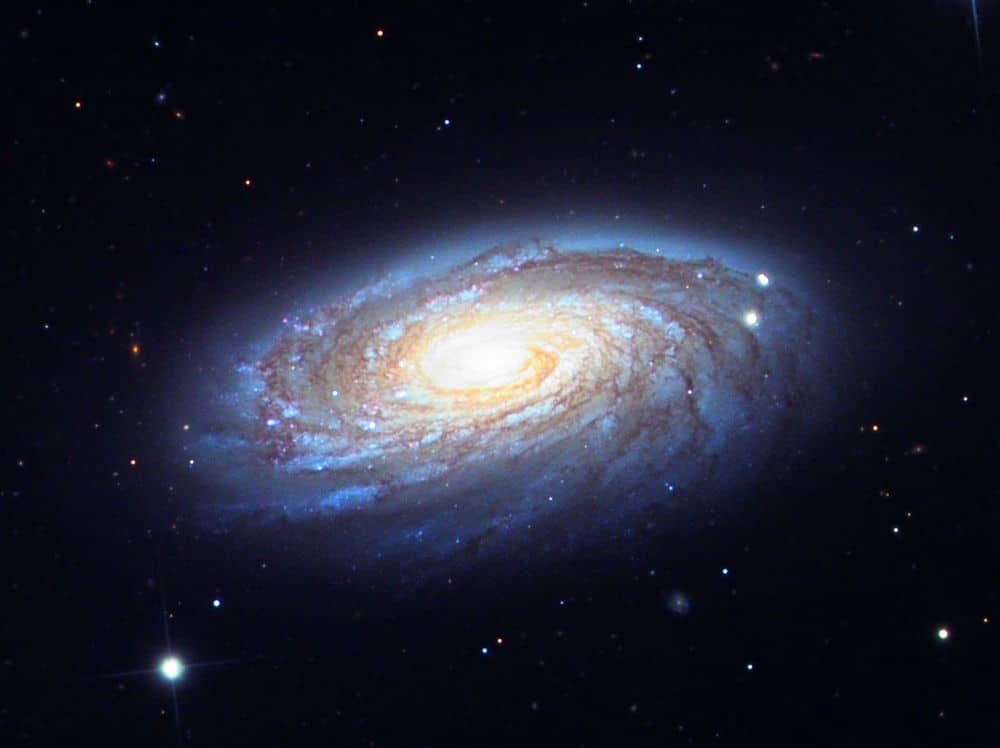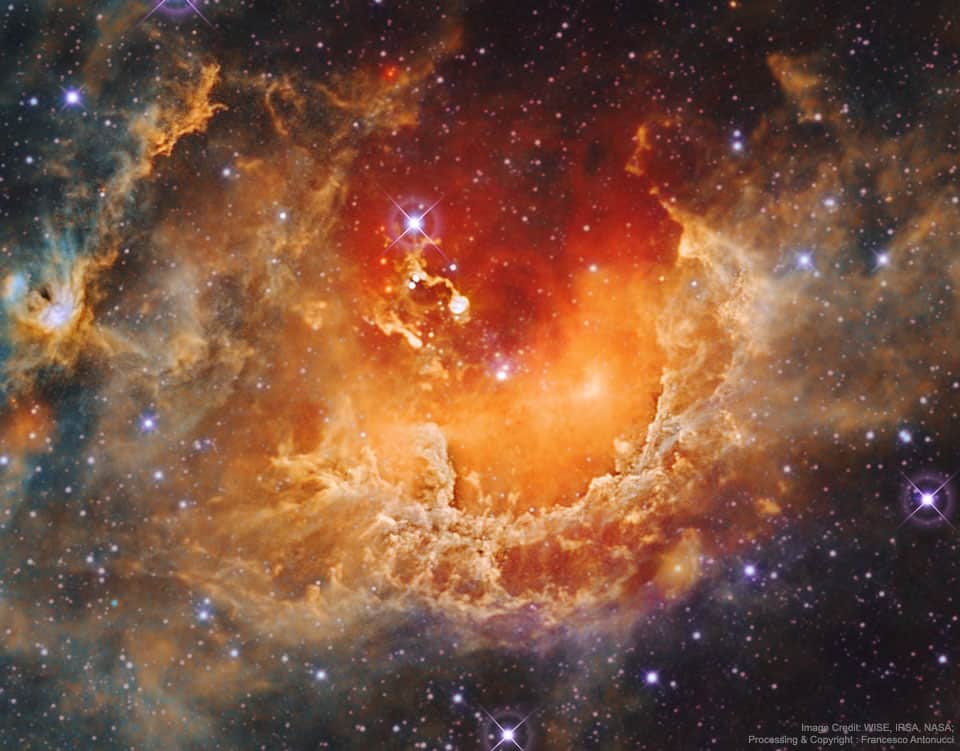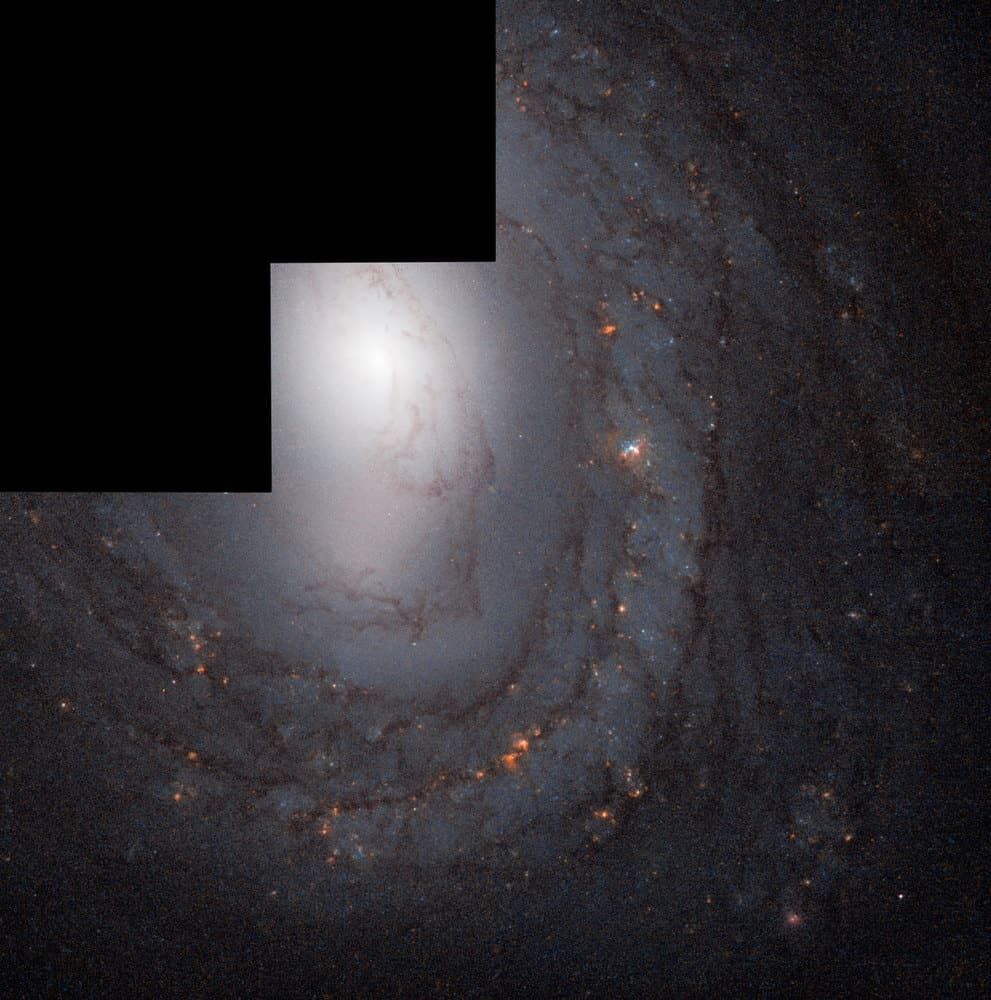Blog
Ahmed Abdul-Malik (born Jonathan Tim, Jr.; January 30, 1927 – October 2, 1993) was a jazz double bassistand oud player.
Abdul-Malik is remembered for integrating Middle Eastern and North African music styles in his jazz music. He was a bass player for Art Blakey, Earl Hines, Randy Weston, and Thelonious Monk, among others.
Abdul-Malik claimed that his father was from Sudan and moved to the United States. Research by historian Robin Kelley, however, indicates that Abdul-Malik was born to Caribbean immigrants and changed his birth name.
https://www.youtube.com/watch?v=CRP2lJP2pDQ
more...David Roy Eldridge (January 30, 1911 – February 26, 1989), nicknamed “Little Jazz“, was an American jazz trumpet player. His sophisticated use of harmony, including the use of tritone substitutions, his virtuosic solos exhibiting a departure from the dominant style of jazz trumpet innovator Louis Armstrong, and his strong impact on Dizzy Gillespie mark him as one of the most influential musicians of the swing era and a precursor of bebop.
Eldridge was born on the North Side of Pittsburgh, Pennsylvania on January 30, 1911, to parents Alexander, a wagon teamster, and Blanche, a gifted pianist with a talent for reproducing music by ear, a trait that Eldridge claimed to have inherited from her.
Eldridge led and played in a number of bands during his early years, moving extensively throughout the American Midwest. He absorbed the influence of saxophonists Benny Carter and Coleman Hawkins, setting himself the task of learning Hawkins’s 1926 solo on “The Stampede” (by Fletcher Henderson‘s Orchestra) in developing an equivalent trumpet style.
Eldridge left home after being expelled from high school in ninth grade, joining a traveling show at the age of sixteen; the show soon folded, however, and he was left in Youngstown, Ohio. He was then picked up by the “Greater Sheesley Carnival,” but returned to Pittsburgh after witnessing acts of racism in Cumberland, Maryland that significantly disturbed him. Eldridge soon found work leading a small band in the traveling “Rock Dinah” show, his performance therein leading swing-era bandleader Count Basie to recall young Roy Eldridge as “the greatest trumpet I’d ever heard in my life.” Eldridge continued playing with similar traveling groups until returning home to Pittsburgh at the age of 17.
At the age of 20, Eldridge led a band in Pittsburgh, billed as “Roy Elliott and his Palais Royal Orchestra”, the agent intentionally changing Eldridge’s name because “he thought it more classy.” Roy left this position to try out for the orchestra of Horace Henderson, younger brother of famed New York City bandleader Fletcher Henderson, and joined the ensemble, generally referred to as The Fletcher Henderson Stompers, Under the Direction of Horace Henderson. Eldridge then played with a number of other territory bands, staying for a short while in Detroit before joining Speed Webb‘s band which, having garnered a degree of movie publicity, began a tour of the Midwest. Many of the members of Webb’s band, annoyed by the leader’s lack of dedication, left to form a practically identical group with Eldridge as bandleader. The ensemble was short-lived, and Eldridge soon moved to Milwaukee, where he took part in a celebrated cutting contest with trumpet player Cladys “Jabbo” Smith, with whom he later became good friends.
more...https://www.youtube.com/watch?v=czrX3NTvw2k
more...Messier 88 (also known as M88 or NGC 4501) is a spiral galaxy about 50 to 60 million light-years away in the constellation Coma Berenices. It was discovered by Charles Messier in 1781.
M88 is one of the fifteen Messier objects that belong to the nearby Virgo Cluster of galaxies. It is galaxy number 1401 in the Virgo Cluster Catalogue (VCC) of 2096 galaxies that are candidate members of the cluster. M88 may be on a highly elliptical orbit that is carrying it toward the cluster center, which is occupied by the giant elliptical galaxy M87. It is currently 0.3–0.48 million parsecs from the center and will come closest to the core in about 200–300 million years. The motion of M88 through the intergalactic medium of the Virgo cluster is creating ram pressure that is stripping away the outer region of neutral hydrogen. This stripping has already been detected along the western, leading edge of the galaxy.

more...
James Lee Jamerson (January 29, 1936 – August 2, 1983) was an American bass player. He was the uncredited bassist on most of the Motown Records hits in the 1960s and early 1970s (Motown did not list session musician credits on their releases until 1971), and is now regarded as one of the most influential bass players in modern music history. He was inducted into the Rock and Roll Hall of Fame in 2000. As a session musician he played on twenty-three Billboard Hot 100 number one hits, as well as fifty-six R&B number one hits.
In its special issue “The 100 Greatest Bass Players” in 2017, Bass Player magazine ranked Jamerson number one and the most influential bass guitarist. In 2011, Jamerson ranked third in the “20 Most Underrated Bass Guitarists” in Paste magazine.
A native of Edisto Island (near Charleston), South Carolina, he was born to James Jamerson Sr. and Elizabeth Bacon. He was raised in part by his grandmother who played piano, and his aunt who sang in church choir. As a youngster he was a competent piano player and performed in public. He briefly played the trombone. As a teenager he was a reserved person, and passionate about music. He listened to gospel, blues and jazz music on the radio.
more...Edwin Thomas Shaughnessy (January 29, 1929 – May 24, 2013) was a swing music and jazz drummer long associated with Doc Severinsen and a member of The Tonight Show Band on The Tonight Show Starring Johnny Carson.
Shaughnessy was born in Jersey City, New Jersey and grew up in the New York City area, working in the 1940s with George Shearing, Jack Teagarden, and Charlie Ventura. In the 1950s he worked in the Benny Goodman and Tommy Dorsey bands. In the 1960s he played for Count Basie prior to joining The Tonight Show Band. He was the drummer on Bashin’: The Unpredictable Jimmy Smith in 1962 which featured big band arrangements by Oliver Nelson, including the pop hit “Walk on the Wild Side” which peaked at #21 on the Billboard chart. Shaughnessy recorded extensively throughout his career and was known for his drum competitions with Buddy Rich.
Although best known as a big band drummer, Shaughnessy also performed small group work with Gene Ammons, Roy Eldridge, Billie Holiday, Mundell Lowe, Teo Macero, Charles Mingus, Shirley Scott, Jack Sheldon, Horace Silver, and many others. For several years Shaughnessy was a member of the house band at Birdland and other New York clubs. In the early 1970s he was doing similar work in Los Angeles and is credited with discovering Diane Schuur, whom he introduced at the 1976 Monterey Jazz Festival. Shaughnessy played in an early incarnation of the “Sesame Street” orchestra along with percussionist Danny Epstein, reed player Wally Kane, and, on occasion, guitarist Bucky Pizzarelli.
He was an endorser of Ludwig drums, Sabian cymbals and Pro-Mark drumsticks.
more...Eddie Taylor (January 29, 1923 – December 25, 1985) was an American electric blues guitarist and singer.
Born Edward Taylor in Benoit, Mississippi, as a boy Taylor taught himself to play the guitar. He spent his early years playing at venues around Leland, Mississippi, where he taught his friend Jimmy Reed to play the guitar. With a guitar style deeply rooted in the Mississippi Delta tradition, Taylor moved to Chicago, Illinois, in 1949.
Taylor never achieved the stardom of some of his contemporaries in the Chicago blues scene, he was nevertheless an integral part of that era. He is especially noted as a main accompanist for Jimmy Reed; he also worked for John Lee Hooker, Big Walter Horton, Sam Lay, and others. Earwig Music Company recorded him with Kansas City Red and Big John Wrencher for the album Original Chicago Blues. He later teamed up with Earring George Mayweather, and they jointly recorded several tracks, including “You’ll Always Have a Home” and “Don’t Knock at My Door”. Several of these were released as singles, of which “Big Town Playboy” and “Bad Boy”, issued by Vee Jay Records, were local hits in the 1950s, but Taylor’s singles generally were not commercially successful. Later, in “semi-retirement”, Taylor was the regular lead guitarist with Peter Dames and the Chicago River Blues Band, later known as Peter Dames and the Rhythm Flames.
Taylor played lead guitar on several songs (including the title track) on the album Be Careful How You Vote by Sunnyland Slim, and played live with Sunnyland Slim on some tour dates in the 1980s.
more...Star formation. Dusty emission in the Tadpole Nebula, IC 410, lies about 12,000 light-years away in the northern constellation of the Charioteer (Auriga). The cloud of glowing gas is over 100 light-years across, sculpted by stellar winds and radiation from embedded open star cluster NGC 1893. Formed in the interstellar cloud a mere 4 million years ago, bright newly formed cluster stars are seen all around the star-forming nebula. Notable near the image center are two relatively dense streamers of material trailing away from the nebula’s central regions. Potentially sites of ongoing star formation in IC 410, these cosmic tadpole shapes are about 10 light-years long. The featured image was taken in infrared light by NASA’s Wide Field Infrared Survey Explorer (WISE) satellite.

Henry Johnson (born January 28, 1954) is an American jazz guitarist from Chicago.
Johnson was born in Chicago on January 28, 1954, and grew up in Memphis. He started playing the guitar at the age of 12, teaching himself. He played various styles of music until hearing Wes Montgomery ignited an interest in jazz. He entered Indiana University in 1973.
Johnson has worked with Hank Crawford, Freddie Hubbard, Ramsey Lewis, Norman Simmons, Jimmy Smith, Sonny Stitt, Stanley Turrentine, Joe Williams, and Nancy Wilson. He has led his own bands since 1982.
more...Ronnie Scott OBE (born Ronald Schatt, 28 January 1927 – 23 December 1996) was an English jazz tenor saxophonist and jazz club owner.He co-founded Ronnie Scott’s Jazz Club, one of the UK’s most popular jazz clubs, in 1959.
Ronnie Scott was born in Aldgate, East London, into a Jewish family. His father, Joseph Schatt, was of Russian ancestry, and his mother Sylvia’s family attended the Portuguese synagogue in Alie Street. Scott attended the Central Foundation Boys’ School.
Scott began playing in small jazz clubs at the age of 16. His claim to fame was that he was taught to play by “Vera Lynn’s father-in-law!”. He toured with trumpeter Johnny Claes from 1944 to 1945 and with Ted Heath in 1946. He worked with Ambrose, Cab Kaye, and Tito Burns. He was involved in the short-lived musicians’ co-operative Club Eleven band and club (1948–50) with Johnny Dankworth. Scott became an acquaintance of the arranger/composer Tadd Dameron, when the American was working in the UK for Heath, and is reported to have performed with Dameron as the pianist, at one Club Eleven gig.
more...John Towner Williams (born February 8, 1932) is an American composer, conductor, and pianist. Widely regarded as one of the greatest film composers of his time, he has composed some of the most popular, recognizable, and critically acclaimed film scores in cinematic history in a career spanning over six decades. Williams has won 25 Grammy Awards, seven British Academy Film Awards, five Academy Awards, and four Golden Globe Awards. With 52 Academy Award nominations, he is the second most-nominated individual, after Walt Disney. In 2005 the American Film Instituteselected Williams’s score to 1977’s Star Wars as the greatest American film score of all time. The Library of Congress also entered the Star Warssoundtrack into the National Recording Registry for being “culturally, historically, or aesthetically significant”.
Williams has composed for many critically acclaimed and popular movies, including Star Wars, Schindler’s List, Close Encounters of the Third Kind, Superman, E.T. the Extra-Terrestrial, the Indiana Jones series, the first two Home Alone films, the first two Jaws films, the first two Jurassic Park films, Hook, and the first three Harry Potter films. Williams has also composed numerous classical concertos and other works for orchestral ensembles and solo instruments. He served as the Boston Pops‘s principal conductor from 1980 to 1993 and is its laureate conductor. He has been associated with director Steven Spielberg since 1974, composing music for all but five of his feature films. Other works by Williams include theme music for the 1984 Summer Olympic Games, NBC Sunday Night Football, “The Mission” theme used by NBC News and Seven News in Australia, the television series Lost in Space and Land of the Giants, and the incidental music for the first season of Gilligan’s Island. Williams was inducted into the Hollywood Bowl‘s Hall of Fame in 2000, and received a Kennedy Center Honor in 2004 and the AFI Life Achievement Award in 2016. He has composed the score for two of the top 20 highest-grossing films at the U.S. box office.
more...“Big Eye” Louis Nelson Delisle (28 January 1885 – 20 August 1949) was an early twentieth-century Dixieland jazz clarinetist in New Orleans, Louisiana. He also played double bass, banjo, and accordion. Nelson Delisle was born into a family who were Creoles of color. He spent most of his life in New Orleans, Louisiana. He studied clarinet with the elder Lorenzo Tio. By the age of 15, Delisle was working professionally in the music venues of Storyville, an area of brothels and clubs in New Orleans. He developed a style of hot jazz, a.k.a. Dixieland, and was an influence on clarinetists Johnny Dodds and Jimmie Noone.
Early in his career Delisle often played a C clarinet, as opposed to the more common B♭; the C was used by other New Orleans clarinetists of the era, such as Alcide Nunez.
In 1917, Delisle joined the reconstituted Original Creole Orchestra that included Freddie Keppard and Bill Johnson. The band had disbanded in Boston in the spring of that year but was reassembled in New York City in the fall of the same year. Delisle replaced George Baquet, who had toured with the group in vaudeville. After a short while, Delisle was replaced by Jimmie Noone. He was the regular clarinetist with the Jones & Collins Astoria Hot Eight but did not play on their 1929 recording sessions.
https://www.youtube.com/watch?v=HPqvwXj5i9A
more...Never forget this Atrocity of the Human Race!
Marking the 75th anniversary of the liberation of Auschwitz. And why three generations later, we must still never forget.
Reuters: “World leaders at Jerusalem conference condemn rising anti-Semitism” — “World leaders voiced alarm at resurgent anti-Semitism on Thursday as they gathered at Israel’s national Holocaust Memorial to mark the 75th anniversary of the liberation of the Nazi death camp Auschwitz.
“Israeli Prime Minister Benjamin Netanyahu and U.S. Vice President Mike Pence also castigated Iran in their speeches to the World Holocaust Forum, accusing it of rabid anti-Semitism and of seeking Israel’s destruction.

Discovered in 1779 by Charles Messier, M58 was one of the first galaxies recognized to have a spiral shape and is one of four barred spiral galaxies in Messier’s catalog. M58 is one of the brightest galaxies in the constellation Virgo. Located roughly 62 million light-years from Earth, M58 is the most distant Messier object.
Although it appears bright, M58’s core is relatively dim compared to other spiral galaxies. The core contains high rates of star formation, known as starburst activity. It also houses a supermassive black hole around 70 million times the mass of our Sun. A very small ring around the galaxy’s nucleus, known as an ultra-compact nuclear ring, is a main region of widespread starburst activity in M58 and is a rare phenomenon among galaxies.
Long arms extend out from the galaxy’s bright nucleus. However, a lack of hydrogen means that there is very little star formation activity in the arms. This could be the result of gravitational interactions with the nearby galaxies of the Virgo cluster. Two supernovas have been detected in M58, one in 1988 and the other in 1989.
The best time to view M58 is in May. With a magnitude of 9.8, the galaxy is best observed with an 8-inch or larger telescope, but it can be seen with large binoculars on clear nights as well. Small telescopes will only reveal the galaxy’s core.
This Hubble observation was taken in ultraviolet and visible light using the Wide Field and Planetary Camera 2. The image’s stair-step appearance results from the design of the camera. It shows about half of M58, with the galaxy’s core and arms filling the image. Hubble took these observations of M58 to study the properties of its nucleus (classified as a LINER, or low-ionization nuclear emission-line region) and compare it with active galactic nuclei in the centers of other galaxies.

Wolfgang Amadeus Mozart (27 January 1756 – 5 December 1791), baptised as Johannes Chrysostomus Wolfgangus Theophilus Mozart,was a prolific and influential composer of the Classical period.
Born in Salzburg, Mozart showed prodigious ability from his earliest childhood. Already competent on keyboard and violin, he composed from the age of five and performed before European royalty. At 17, Mozart was engaged as a musician at the Salzburg court but grew restless and travelled in search of a better position. While visiting Vienna in 1781, he was dismissed from his Salzburg position. He chose to stay in the capital, where he achieved fame but little financial security. During his final years in Vienna, he composed many of his best-known symphonies, concertos, and operas, and portions of the Requiem, which was largely unfinished at the time of his early death at the age of 35. The circumstances of his death have been much mythologized.
He composed more than 600 works, many of which are acknowledged as pinnacles of symphonic, concertante, chamber, operatic, and choral music. He is among the greatest and most enduringly popular of classical composers, and his influence is profound on subsequent Western art music. Ludwig van Beethoven composed his early works in the shadow of Mozart, and Joseph Haydn wrote: “posterity will not see such a talent again in 100 years”.
https://www.youtube.com/watch?v=7lC1lRz5Z_s
more...